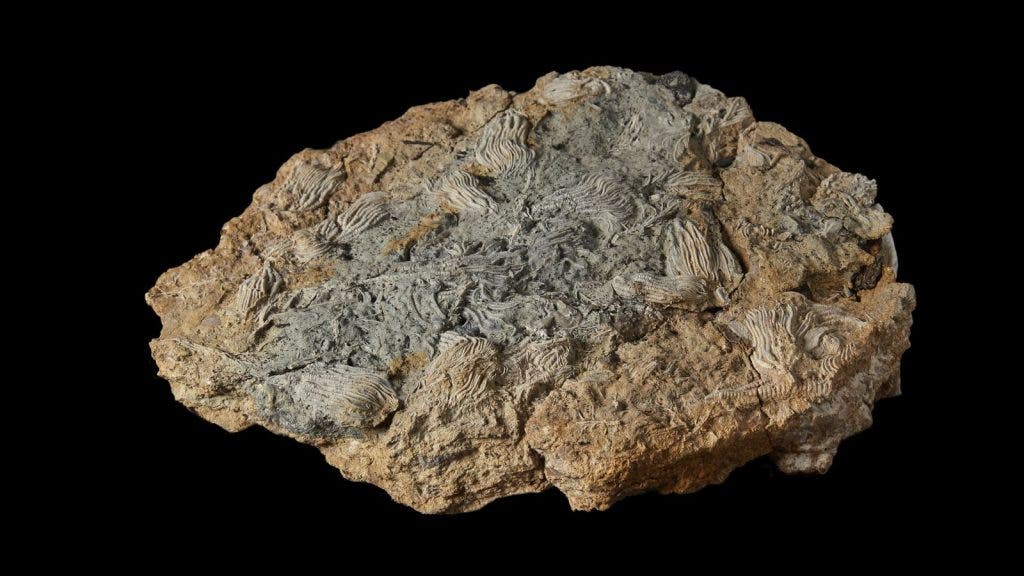A UK couple has found the largest ever haul of echinoderm fossils in the country while planning future trips during the pandemic.

Sally and Neville Hollingworth spent their quarantine much like all of us: wasting time, baking bread, Zooming, and daydreaming about the day they’d be free again. That last bit, unbeknownst to them, would lead to the discovery of the largest haul of echinoderms ever found in the UK, according to The Guardian.
Virtual archeology
To pass the time during quarantine, the couple used Google Earth to plan their next trips. Neville, a 60-year-old geology PhD, used the satellite-captured images to inspect fossil-bearing sites that and assess their potential for a visit. Eventually, they tried a quarry in the Cotswolds, one which Neville found promising, but didn’t have high expectations for.
“As soon as lockdown lifted, we got permission and had a look around the quarry,” said Sally, 50, who works in accounts for a construction company in Swindon.
After their journey, they took home a slab of stone — a sample. It “looked a little bit boring” initially, Sally recounts. But, after Neville spent some time in the garage preparing it as a geologist would, they were in for a surprise. The slab held a beautiful, single fossil.
“They look pretty boring and then you start revealing all this detail and the preservation is just amazing,” she said. “I’m looking at this poor little critter, 167m years old. It’s unreal isn’t it. These little guys were around when the dinosaurs were about.”
The couple then contacted the Natural History Museum, sending them some pictures of what they’ve found. Dr Tim Ewin, a senior curator for invertebrate palaeontology, said he immediately recognized that the discovery was quite special, but it took a few months for the coronavirus restrictions to ease up before they could go investigate. According to the museum, this is the largest find of Jurassic echinoderms (a family of animals including starfish, brittle stars, and feather stars) ever found in the UK.
Over 1,000 scientifically significant fossils have been retrieved from the site. The museum is keeping its exact locations under wraps to prevent visitors from damaging the site, that’s how important of a find this is. Alongside rare specimens of feather stars, sea lilies, and starfish, three completely new species have been discovered here — a feather star, a brittle star, and a sea cucumber.
“We couldn’t act straight away because of Covid restrictions and things like that, which just got worse and worse,” Erwin says. “So it was a little bit frustrating having to sort of hang on tenterhooks for the restrictions to ease so we could go out and investigate the site a bit more.”
The site, he adds, is definitely of global significance, being the greatest in terms of the numbers of individuals found, their diversity, and their quality of preservation.
Previously, the same couple discovered a mammoth skull, also while on a picnic.






